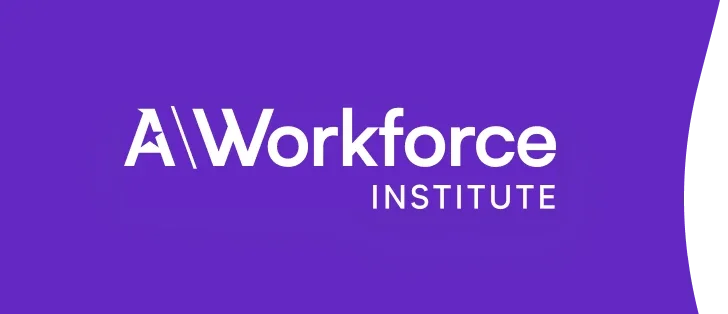Three steps to recession-proof your teams

This resource is brought to you by:
Topics Covered:
Employee engagement
Future of work
77% of HR leaders are worried about a coming recession and 85% are already taking action to prepare. So what can HR leaders do to recession-proof their teams?
Another challenge facing HR leaders
It’s been a tough few years and the future continues to look uncertain. From the COVID-19 pandemic to the Great Resignation, and now the looming recession, organisations and individuals are going to need every ounce of resilience to survive and thrive through the challenges ahead. The question that is in the spotlight for me is: how do we increase resilience in individuals, teams, and companies to navigate these rough waters? Following on that, is resilience innate or can it be taught and nurtured?
How can HR leaders foster resilience at work?
The latest research from Achievers Workforce Institute (AWI) shows that there are actions employers can take to improve resilience in their company at both the individual and organisational level. The data shows that friendships at work, being recognised and appreciated, feeling heard and valued, and having a supportive manager all play a role in fostering individual resilience. Organisations that are able to align action to culture will find the path forward smoother than those who fail to connect their values to their decision-making process.
Driving productivity to support lean teams
A resilient workforce is just one aspect of successfully navigating the challenges ahead. Asked how they were preparing for the pending recession, the number-one answer from HR leaders was focused on initiatives that improve productivity. This is a sticky problem for HR. Productivity is notoriously difficult to measure beyond certain metrics, such as time on calls or orders processed. The vast majority of roles don’t have an easy productivity metric. For the purposes of our research, AWI asked respondents to rate their own productivity. While this may sound like an opportunity for people to over-estimate, we actually found that only 25% strongly agreed that they were their most productive selves at work.
When it comes to moving the needle on productivity, a number of factors play a role, some of which will surely sound familiar. From feedback and recognition, to strong relationships and a supportive manager, the same factors that impact resilience have an outsized impact on productivity. Taken together, this real-time data points us to the levers to pull to impact resilience and productivity, but we then need to know how to move them. That’s why AWI has identified specific tactics to drive every action area — so that HR and business leaders are empowered to implement the right high-impact initiatives.
Driving results with resilience and productivity
Getting a strategic and tactical plan for resilience in place today can mean the difference between struggling, surviving, and thriving over the year to come. The stakes are exceptionally high and as business leaders we are responsible for the success of our employees, teams, managers, and company. Bold action is required to drive results.
Read more:
HR Preparedness Report
CHROs: Learn 4 ways to boost productivity today
VP of Total Rewards: The top outcomes of a robust recognition program
Infographic: Recognition to drive productivity and resilience

Join our mailing list
Stay up to date with the latest in workforce science from Achievers Workforce Institute.
